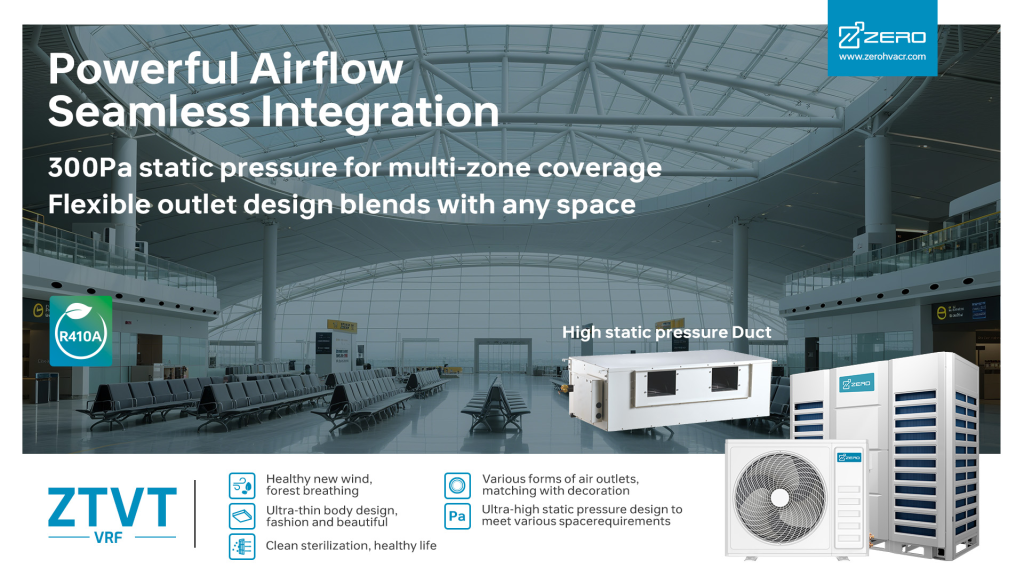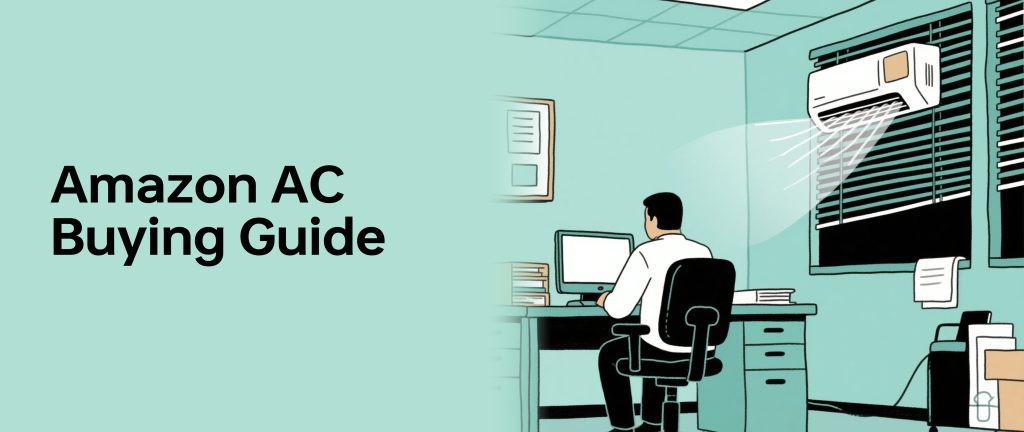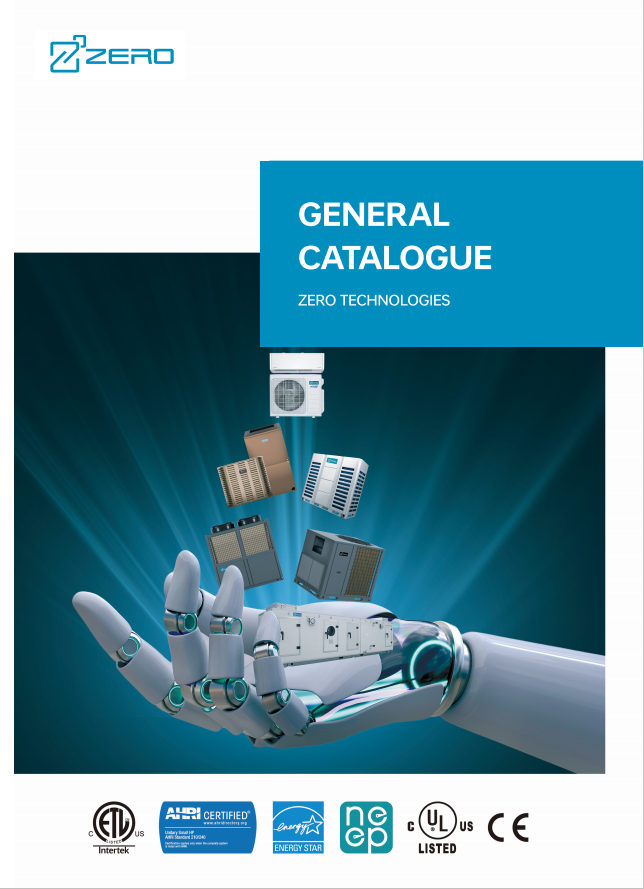As the HVAC industry undergoes rapid transformation, Variable Refrigerant Flow (VRF) technology is emerging as a cornerstone of next-generation climate control. With rising energy costs, stricter sustainability mandates, and increasing demand for occupant comfort, VRF systems are gaining traction across residential, commercial, and industrial settings. A recent market analysis forecasts a compound annual growth rate (CAGR) exceeding 10% between 2021 and 2028, signaling strong momentum behind this technology shift.
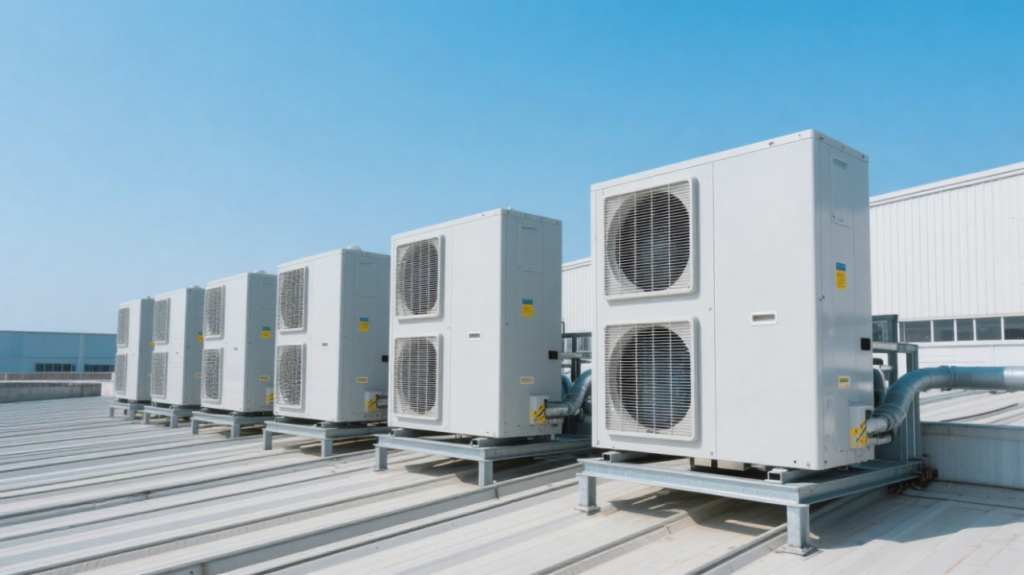
At ZERO Technologies, founded in 2013, we recognize this movement not as a trend, but as a lasting evolution. Our commitment to delivering smart, efficient, and customizable HVAC solutions is backed by deep global market insight and a robust Chinese manufacturing ecosystem. As VRF adoption accelerates worldwide, we are proud to contribute innovative, scalable systems that meet the unique needs of modern buildings.
Why VRF? The Demand for Smarter Climate Control
Buildings today are no longer static structures—they’re dynamic, tech-enabled environments with fluctuating occupancy, diverse room usage, and growing energy performance expectations. Traditional HVAC systems often fall short in adapting to these variables. VRF technology, in contrast, delivers tailored temperature control to individual zones by modulating refrigerant flow precisely based on demand.
This demand-driven operation enables:
A. Higher energy efficiency, reducing consumption by up to 30% compared to conventional systems
B. Enhanced occupant comfort, with independent control for each room or zone
C. Quieter operation, thanks to variable-speed compressors and minimal ductwork
D. Compact installation, ideal for space-constrained retrofit or new-build projects
E. Navigating Implementation: Key Considerations for VRF Success
While VRF offers compelling advantages, successful deployment requires thoughtful planning.
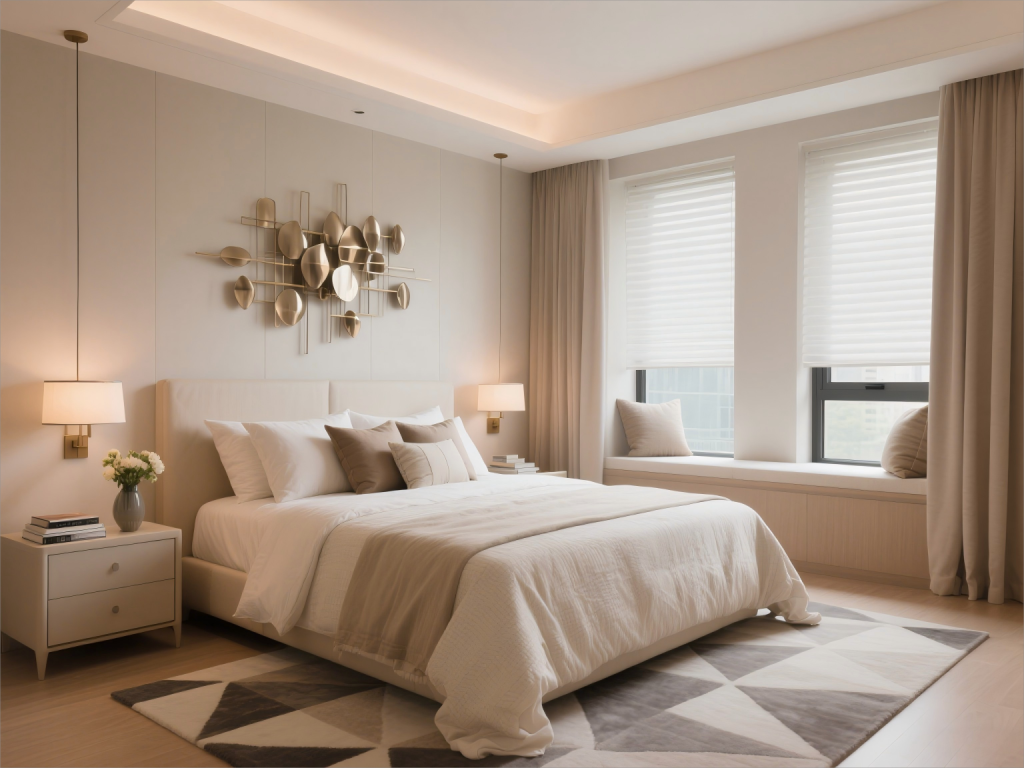
Whether retrofitting an older facility or designing a new one, HVAC engineers and contractors should consider:
A. Building size and layout — VRF works best in multi-zone spaces
B. Insulation quality and window exposure — these impact system load calculations
C. Technician expertise — installation and commissioning should be handled by certified VRF professionals
D. Control integration — pairing with smart building management systems can unlock full efficiency potential
A detailed pre-installation assessment ensures right-sizing, optimal piping layout, and efficient long-term performance.
Smart Controls: The New Frontier for VRF Systems
IoT and automation are redefining what HVAC systems can do. When integrated with building management systems (BMS), VRF units can:
A. Monitor indoor conditions in real-time
B. Adjust performance dynamically based on occupancy or outdoor weather
C. Predict maintenance needs before failures occur
D. Provide remote access via mobile or desktop platforms
For facilities managers, this means better oversight, fewer disruptions, and improved energy reporting. For users, it means comfort that feels effortless.
Real-World Impact: How VRF Performs Across Sectors
Retail Chain Optimization
A multinational retailer recently implemented a VRF solution across its flagship locations. With zoning tailored to departments like produce, electronics, and storage, each area maintained optimal comfort without overburdening the system. The result? A 22% reduction in electricity costs and improved customer experience.
Healthcare Applications
In a newly built medical center, VRF systems were chosen for their ability to manage sensitive environments like operating rooms and ICU wards. By offering independent temperature control and precise humidity management, the system ensured patient safety while reducing HVAC-related energy usage by over 30%.
These case studies underscore VRF’s versatility—from comfort to compliance.
Looking Ahead: Overcoming Industry Barriers
Despite its promise, VRF adoption isn’t without challenges:
A. Initial capital investment remains higher than conventional systems
B. Retrofitting complexity can be daunting in older buildings
C. Skilled labor shortages may delay deployment in some regions
However, with increasing support for green building standards, government incentives, and growing awareness of long-term ROI, these hurdles are gradually being addressed. Moreover, partnerships between manufacturers, training institutions, and contractors are helping bridge the skills gap.
The ZERO Technologies Advantage
As a forward-thinking HVAC manufacturer, ZERO Technologies is actively shaping the VRF landscape. Our solutions are:
A. Engineered for flexibility — suitable for homes, offices, hotels, and industrial facilities
B. Backed by expertise — from system design to installation guidance
C. Supported globally — with fast delivery and responsive technical service
Whether you’re designing a sustainable high-rise or upgrading a hospitality project, our VRF systems empower you to build smarter, greener, and more comfortable spaces.

